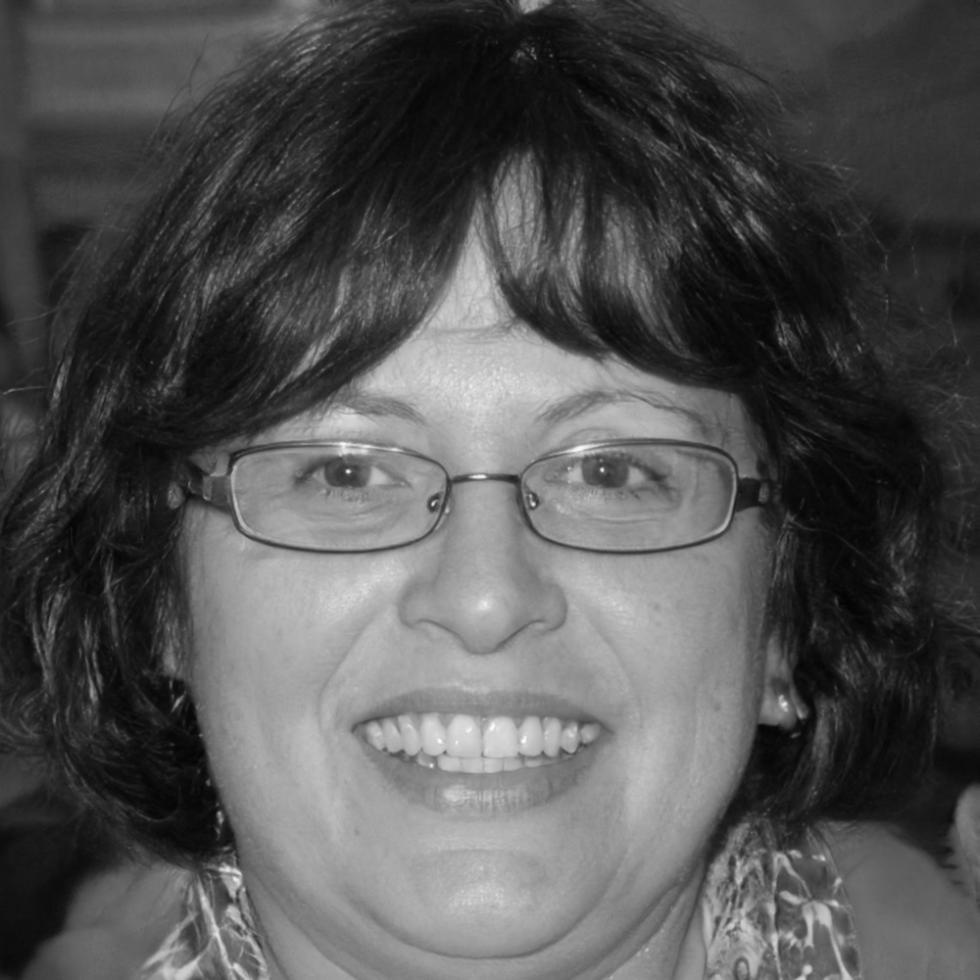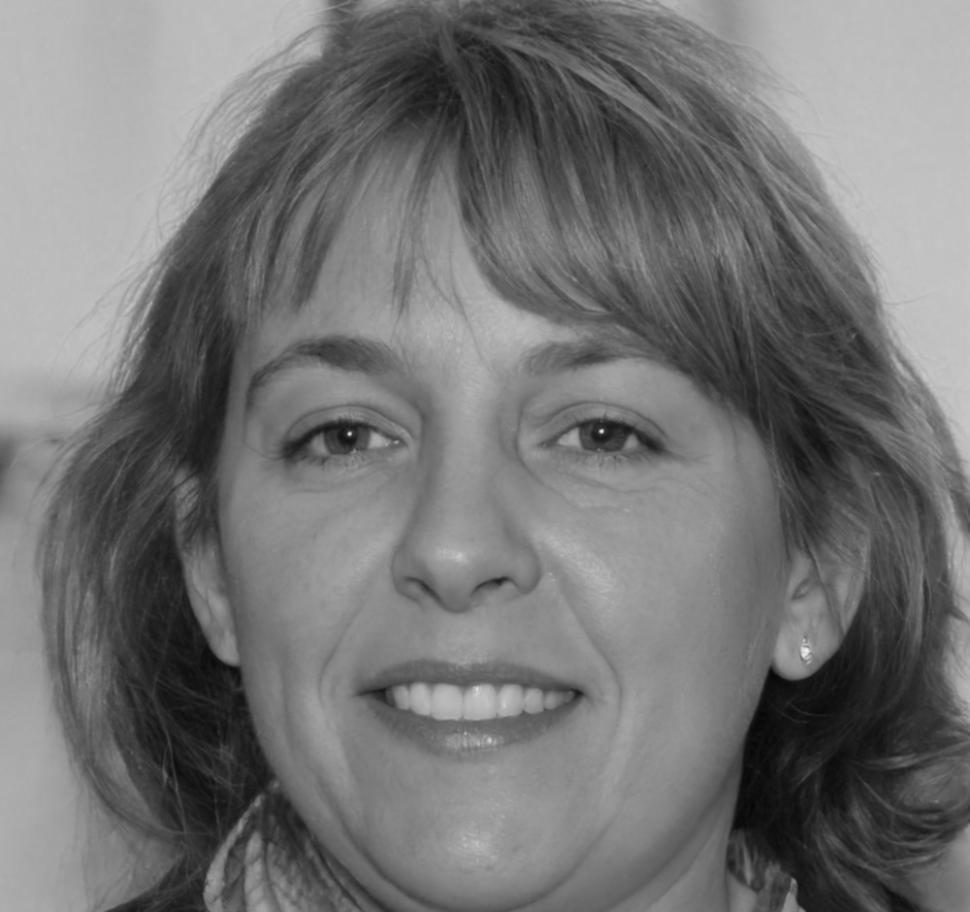This website uses cookies to enhance your browsing experience and analyze site traffic. We respect your choice regarding data collection. You can accept or decline cookies below. Read our full cookie policy for detailed information.
Financial Scenario Modeling: Smarter Planning Through Real Experience
Running different financial scenarios isn't just spreadsheet work. It's about understanding what could happen when markets shift, costs change, or opportunities appear. I've spent years watching businesses and individuals make better calls when they model their options first.
The Australian financial landscape in 2025 brings fresh challenges – and honestly, that makes proper scenario planning more valuable than ever. Whether you're mapping retirement paths or business expansion, the patterns I've observed keep pointing to one truth: people who test their assumptions ahead of time sleep better at night.

Milo Brennan
Scenario Strategy Lead
Most folks jump straight into one plan and hope it works. But I've learned that mapping three or four realistic scenarios – good, bad, and sideways – usually reveals the actual risks. It's not about predicting the future. It's about being ready when things don't go exactly as hoped.

Fern Wiley
Financial Modeling Specialist
Cashflow surprises can wreck an otherwise solid plan. That's why I walk clients through timing scenarios – because expenses rarely hit when you expect them. We model quarterly swings and seasonal patterns, especially for Darwin businesses where tourist seasons drive revenue in waves.

Brynn Sutherland
Investment Analysis Advisor
Investment decisions get easier when you've already modeled downside scenarios. I remember a client in early 2024 who tested a "what if property values drop" scenario. When the market cooled later that year, they adjusted quickly instead of panicking. That's the whole point of this work.
Finding Your Starting Point
Different situations call for different modeling approaches. Here's how I typically guide people toward their first useful scenario exercise.
Are you planning a major life change within three years?
Start with life event modeling. Map how retirement, career shifts, or relocation affect income streams and expense patterns. I've seen too many people shocked by the cash gaps that appear during transitions.
Focus on the six months before and after the change – that's usually where surprises hide.
Do you rely on variable income or seasonal business patterns?
Build cashflow timeline scenarios first. Model your worst three months against your best three months, then plan for the reality that sits somewhere between. This matters especially in Darwin where wet season can change everything.
Most variable earners need at least four months of fixed expenses saved to smooth out the bumps.
Are you considering investment property or business expansion?
Run debt servicing scenarios across different interest rate environments. Test what happens if rates climb another percent or two. Also model vacancy periods or slower sales cycles – optimism is great, but reality testing saves you from leverage trouble.
Always model a 15% longer timeline than you think things will take. Projects rarely finish early.
Are you worried about market volatility affecting your plans?
Create diversification scenarios showing how different asset mixes perform when one sector struggles. I usually suggest modeling at least one "everything drops 20%" scenario just to see what your actual risk tolerance looks like.
Your real risk tolerance shows up when the numbers turn red on paper. Better to discover it now.
What We've Learned From Real Scenario Work
These numbers come from actual client engagements across 2024 and early 2025. They reflect what happens when people take scenario planning seriously before making big moves.

340+
Scenario models built for Darwin clients since 2023
67%
Of clients adjusted their original plan after reviewing scenario outcomes
4.2
Average scenarios tested per client before final decisions
CPA Australia Recognition
Our scenario methodology received acknowledgment from CPA Australia's NT chapter in October 2024 for practical application in regional financial planning.
Client Satisfaction Rate
92% of scenario planning clients reported feeling more confident about their decisions after modeling various outcomes over 12 months.
Industry Speaking
Our team presented scenario modeling techniques at the Australian Financial Planning Conference in Melbourne, March 2025, sharing real case studies.
How Scenario Planning Actually Works
Initial Assessment and Current State Mapping
We start by documenting where you actually stand right now. Not where you wish you were or where you think you should be. Real numbers matter because scenarios built on fantasy assumptions just waste everyone's time.
Recent Example
A Darwin couple thought their monthly expenses ran about ,800. After tracking three months, the real number sat closer to ,200. That gap completely changed their retirement scenario modeling.
Variable Identification and Risk Mapping
Next we identify what could actually change. Interest rates, income stability, health costs, property values – whatever variables might shift in your situation. Then we assign realistic ranges based on historical patterns and current market conditions.
Typical Variables
For NT business owners, we often model: seasonal revenue swings between dry and wet seasons, staffing cost changes (especially with wage reviews), and cyclone-related disruption impacts on cashflow.
Multiple Scenario Construction
This is where we build three to five distinct scenarios. Usually one optimistic, one pessimistic, and at least one sideways case where some things go well while others don't. The goal is seeing how your plans hold up across different realistic futures.
Scenario Structure
A recent expansion scenario tested: best case (10% growth, stable costs), base case (5% growth, slight cost increase), and challenge case (flat growth, 8% cost rise, plus three-month cashflow gap). The challenge case revealed the need for better working capital.
Decision Point Analysis and Strategy Selection
With scenarios mapped, we look for decision points where you'd need to adjust course. What triggers would signal it's time to change plans? Having these figured out ahead of time means you react strategically instead of emotionally when markets move.
Trigger Example
One client set triggers: if investment returns drop below 3% for two consecutive quarters, shift allocation. If cashflow buffer falls under ,000, pause expansion plans. Clear rules made tough decisions easier.
Ongoing Review and Model Updates
Scenarios aren't set-and-forget. We review quarterly to check which scenario you're tracking closest to, and adjust variables as conditions change. This keeps your planning relevant instead of letting it gather dust.
Review Frequency
Most clients benefit from quarterly scenario check-ins, with annual deep reviews. But if you're in a volatile business or approaching retirement, monthly reviews might make more sense during critical periods.